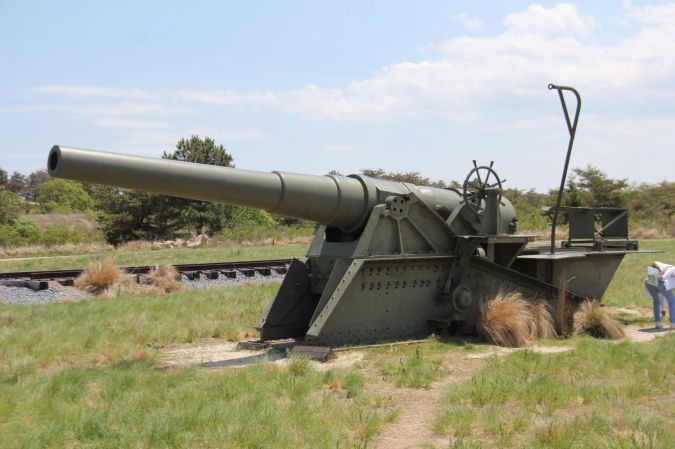High-Mobility Artillery Rockets systems are trucks that can take highly capable rockets right to the frontlines in combat, but before HIMARs, the Army experimented with strapping rockets onto helicopters in Vietnam and using them as true helicopter artillery — the Redlegs of the sky.
AIR ROCKET ARTILLERY BATTERY – LMVIETHD159
To be clear, this wasn’t air support or close combat attack; this was artillery in the air. These units belonged to the division artillery unit, their fires were controlled by the fire direction center, and they specialized in massed fires, not the pinpoint strikes of close combat attack helicopters.
It all started in 1962 when Secretary of Defense Robert McNamara and Gen. Hamilton Howze called on military leaders to rethink land warfare, and subordinate leaders came back with a few concepts that might make the Army more flexible. One of those suggestions was to make artillery more responsive by creating two new unit types: aerial rocket artillery battalions and aviation batteries.
The aerial rocket artillery battalions were filled with helicopters strapped with dozens of rockets that they would fire en masse when receiving fire missions. The aviation batteries were helicopter units that could pick tube artillery, usually howitzers, and deliver them to firing points near the battlefield on short notice where they would then be used normally.
For infantrymen in combat, this meant they could request artillery support nearly anywhere in country and get it fast, even if they had been deposited by helicopter miles ahead of any artillery units.

Aerial rocket artillery didn’t focus on precision strikes, but they had the firepower to make up for it.
(U.S. Army illustration)
Tube artillery delivered via helicopter is still used today and worked about as you would expect. Usually, military planners would identify the need for artillery ahead of time and send in the gun, suspended under Chinooks, as soon as ground troops secured the firing point. But sometimes, the tube artillery would be requested after combat was already underway, and the Chinooks would rush the howitzers in.
The real craziness, though, came with the aerial rocket artillery battalions, the true helicopter artillery. These were UH-1 Iroquois or AH-1 Cobras modified to carry a loadout almost entirely composed of rockets. For AH-1s, this could be four rocket pods that each carried 19 rockets for a total armament of 76.
At times, they flew with Hueys modified to carry lights. This was valuable in any fight at night, but was especially great for base security where the “light ships” illuminated targets and tube artillery pounded it with rounds.

An early UH-1B in an aerial rocket artillery configuration without door guns.
(U.S. Army)
But the rockets were effective in combat, so commanders kept asking for them. In addition to the quick response ground troops could get with helicopter artillery, there was the fact that the birds were more responsive on target than a howitzer conducting indirect fire could ever hope to be.
That’s because the pilots were the artillery officers, and they could adjust their fire on the fly, watching rounds impact and shifting fire as they went with limited guidance from the troops in the fight on the ground. And, aerial rocket artillery was fired from much closer to the target than tube artillery typically was.
One of the Army’s two aerial rocket artillery battalions was the 2nd Battalion, 20th Artillery. On their first mission in Vietnam on September 17, 1965, they supported 101st Airborne Division soldiers under fire and were credited with killing sixty-four Viet Cong. Two weeks later, the battalion’s Alpha Battery fought an all-night battle to protect a base under attack from infantry and mortars, and they fired their rockets within 100 meters of friendly forces to keep the U.S. soldiers alive.
In December of the same year, the battalion killed approximately 400 Viet Cong while supporting troops in combat.
But if the helicopters were so effective, where’d they go?
Well, they were inactivated. The Army assimilated the helicopters back into aviation units, and division artillery units remained focused on field artillery.
In the years after the collapse of the Soviet Union, the Army focused on precision strikes which close combat attack aircraft were already better suited for.


























